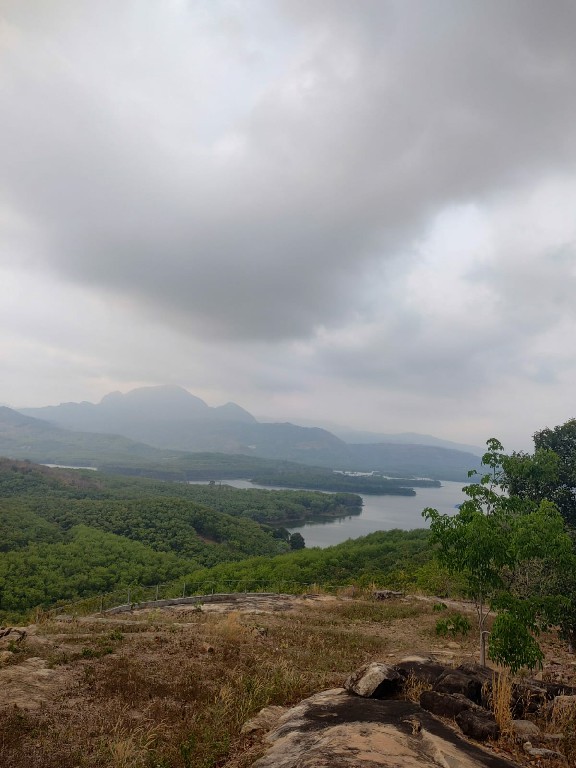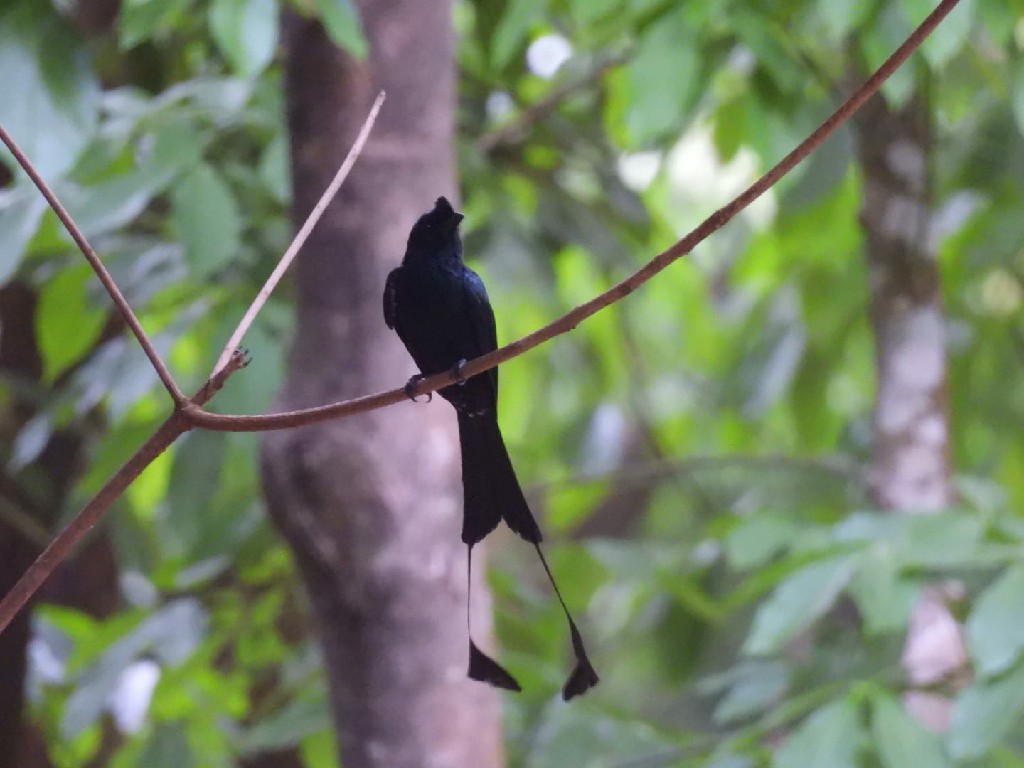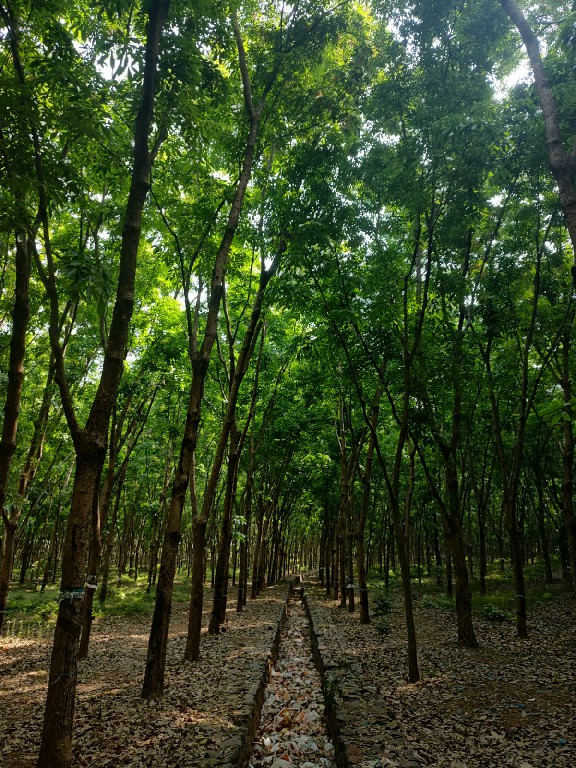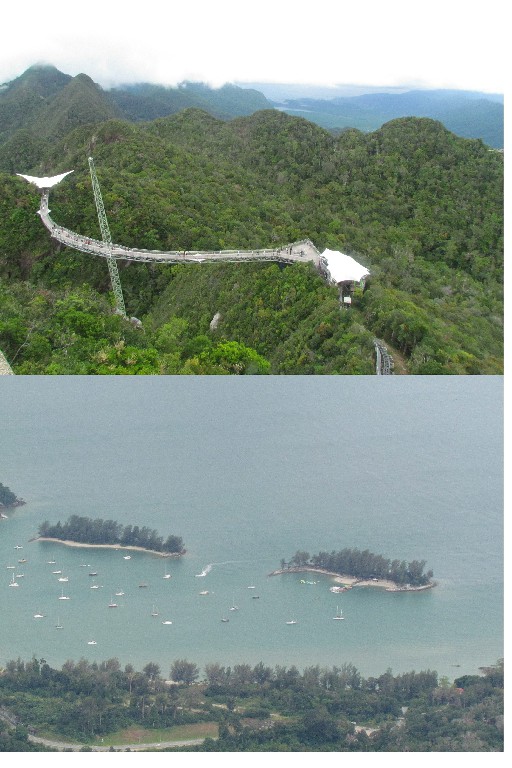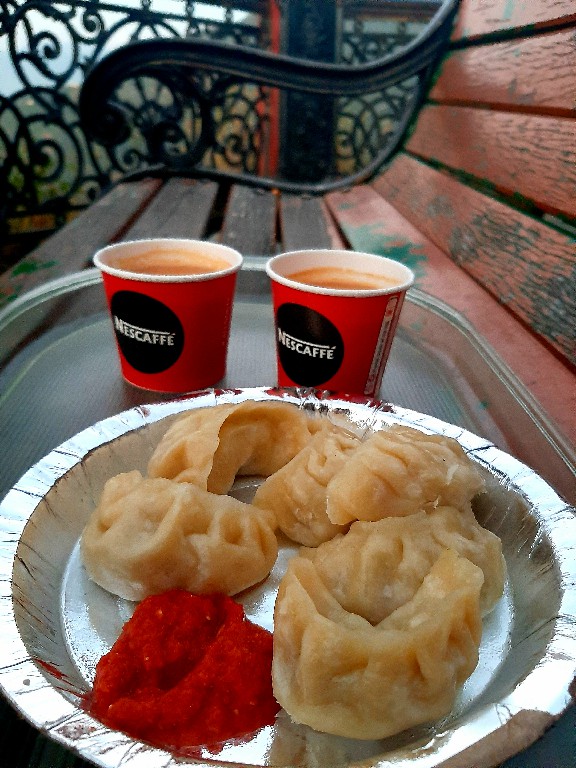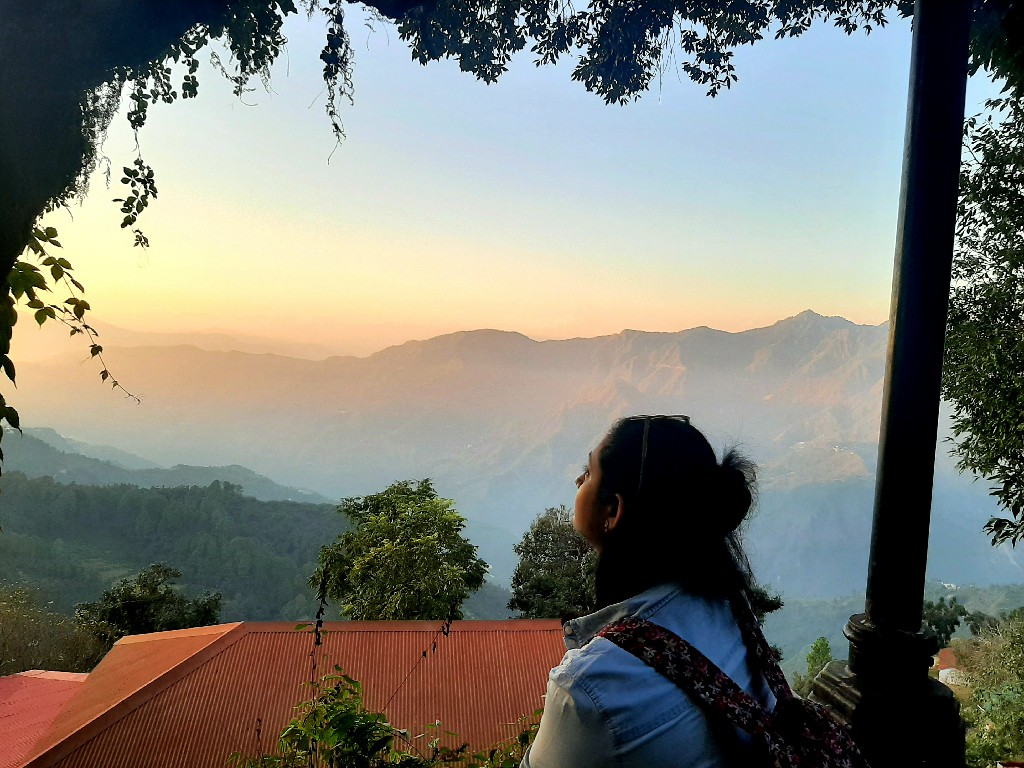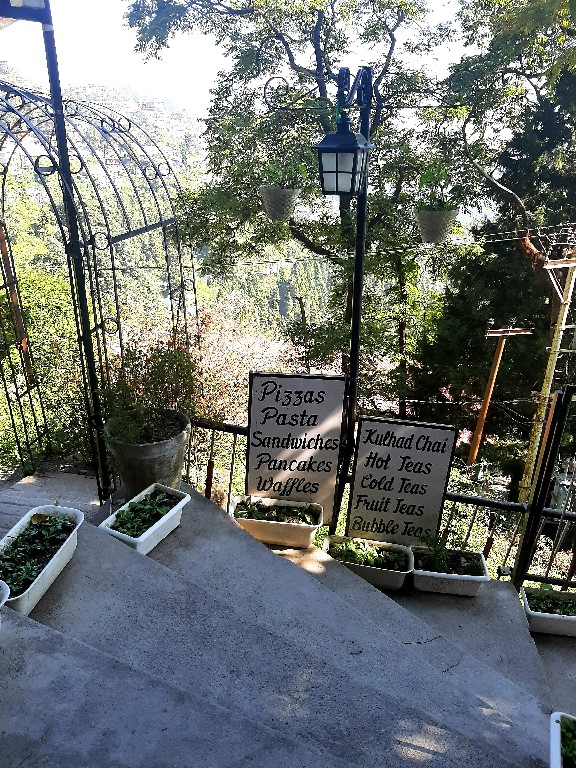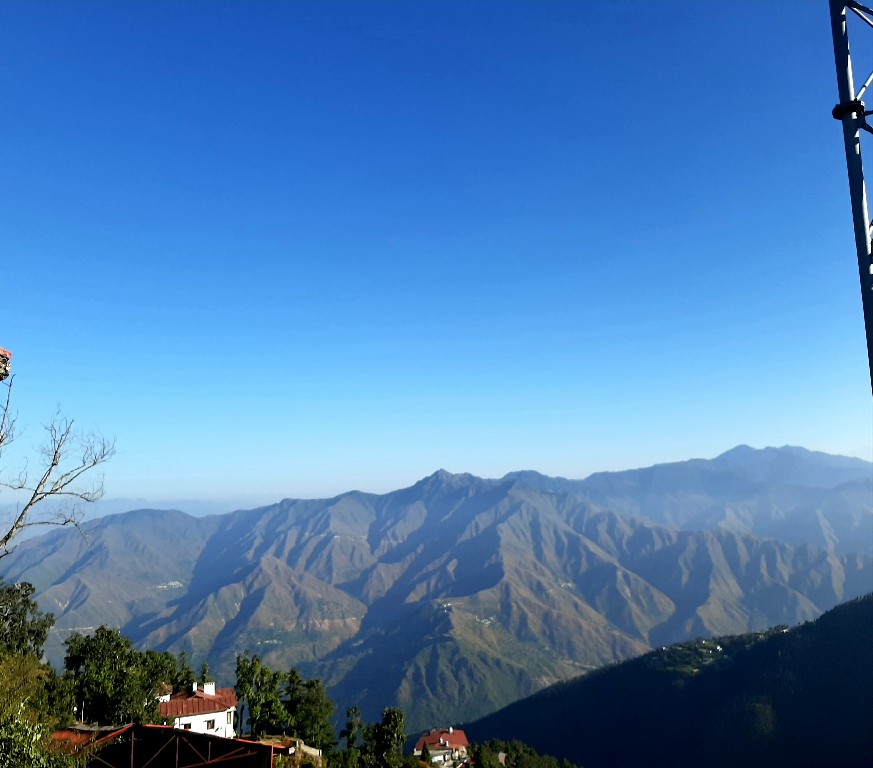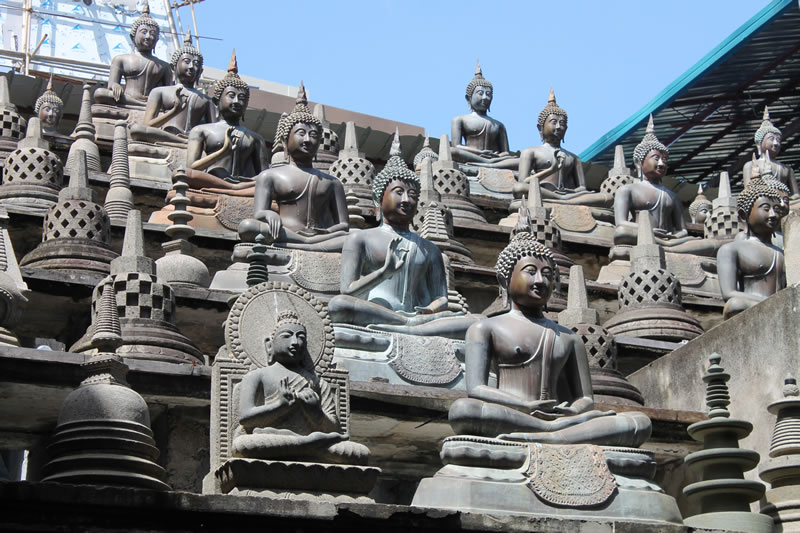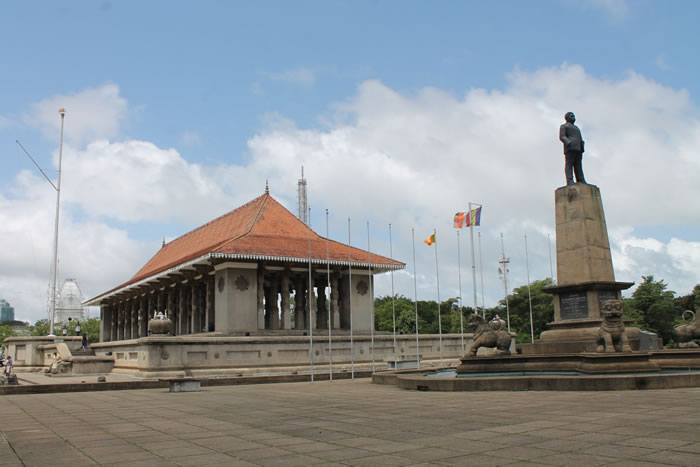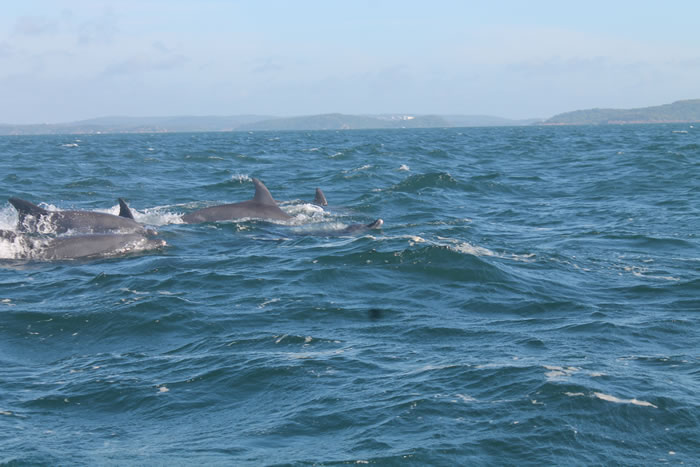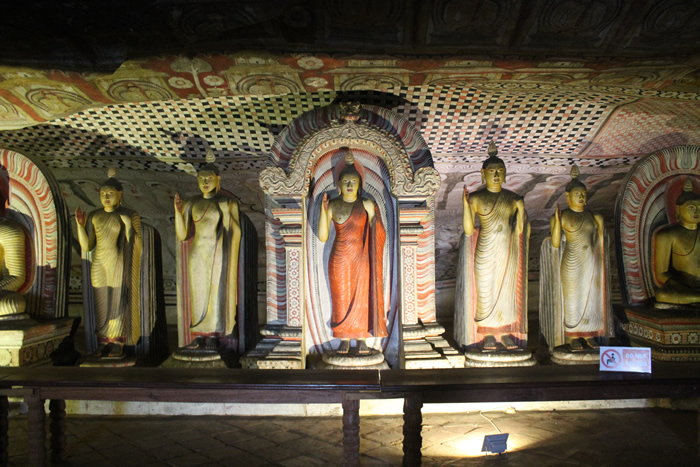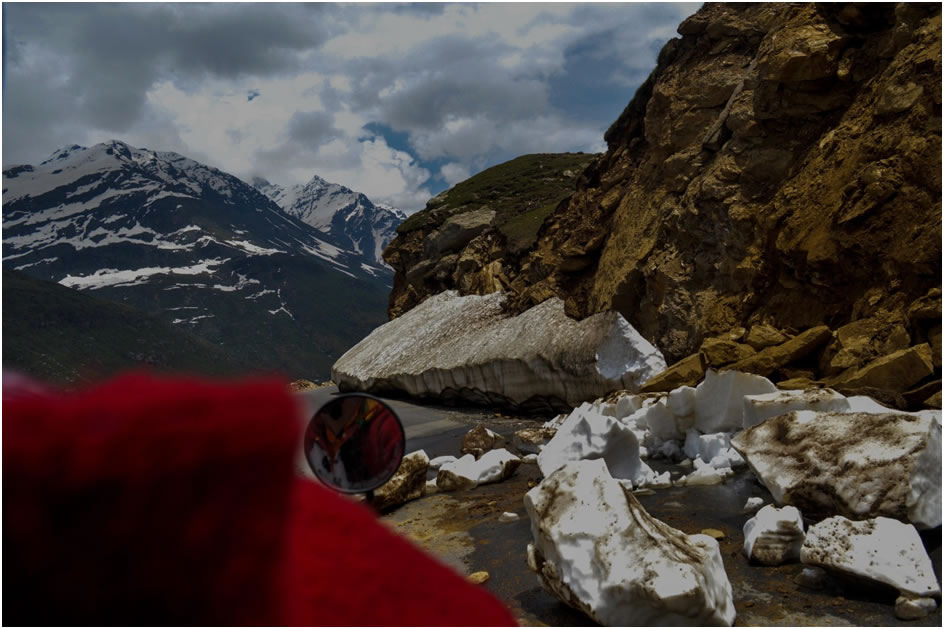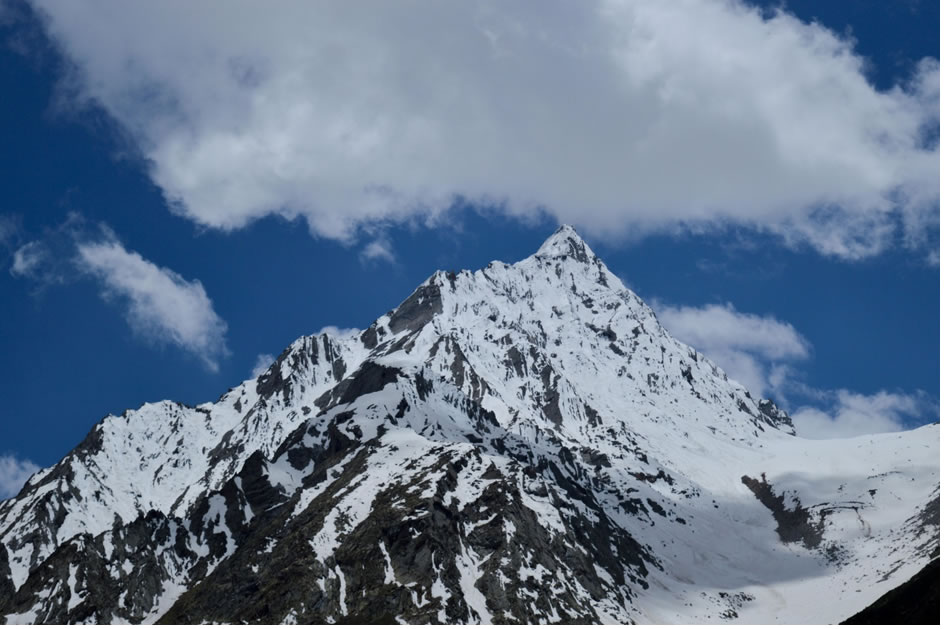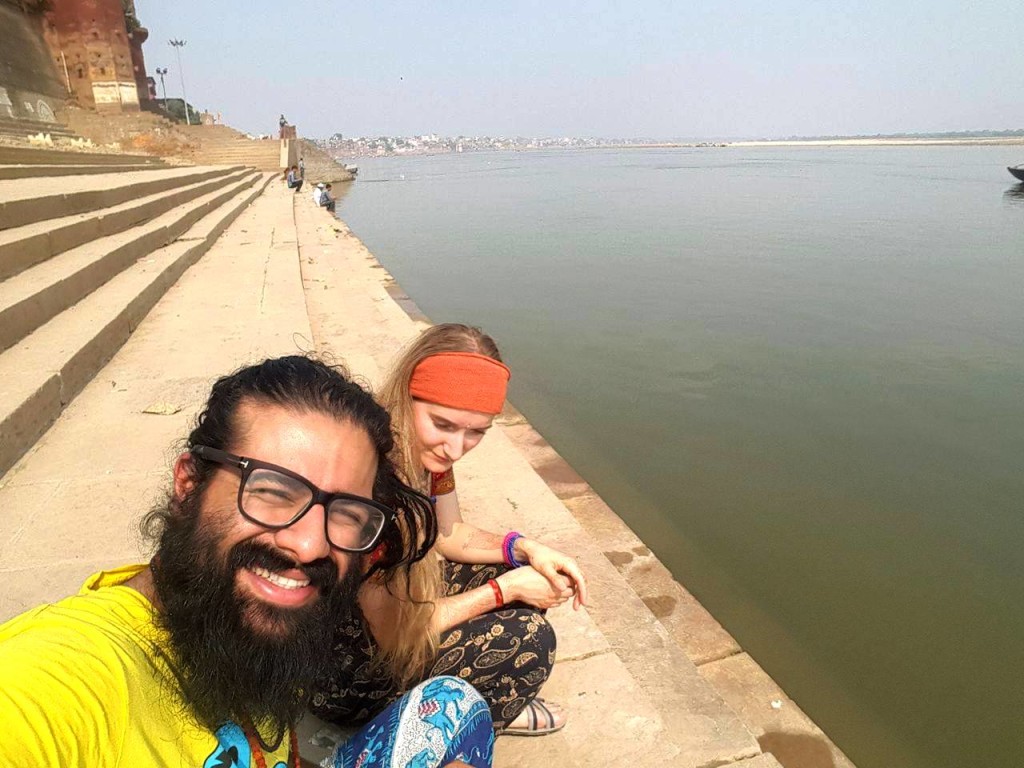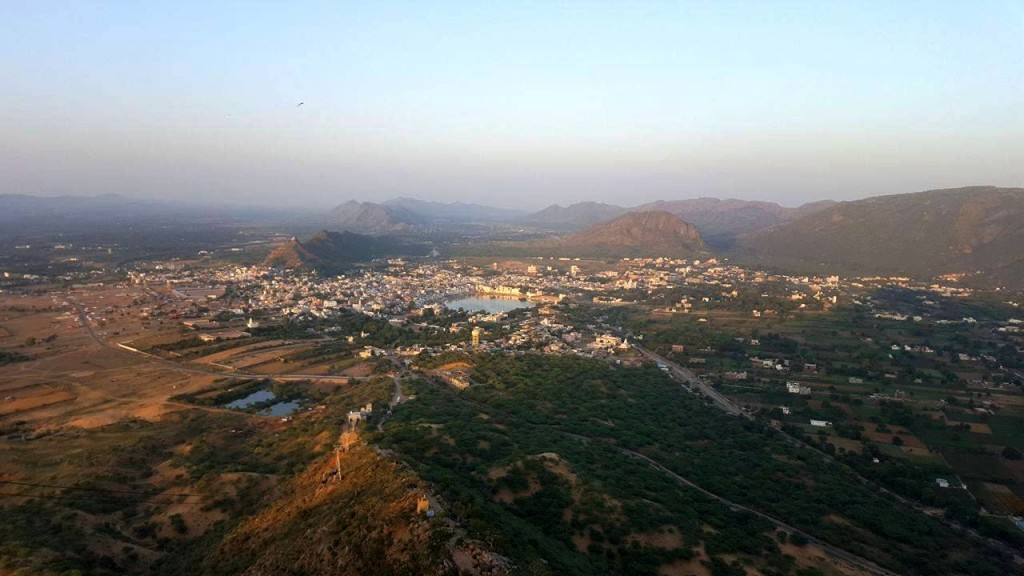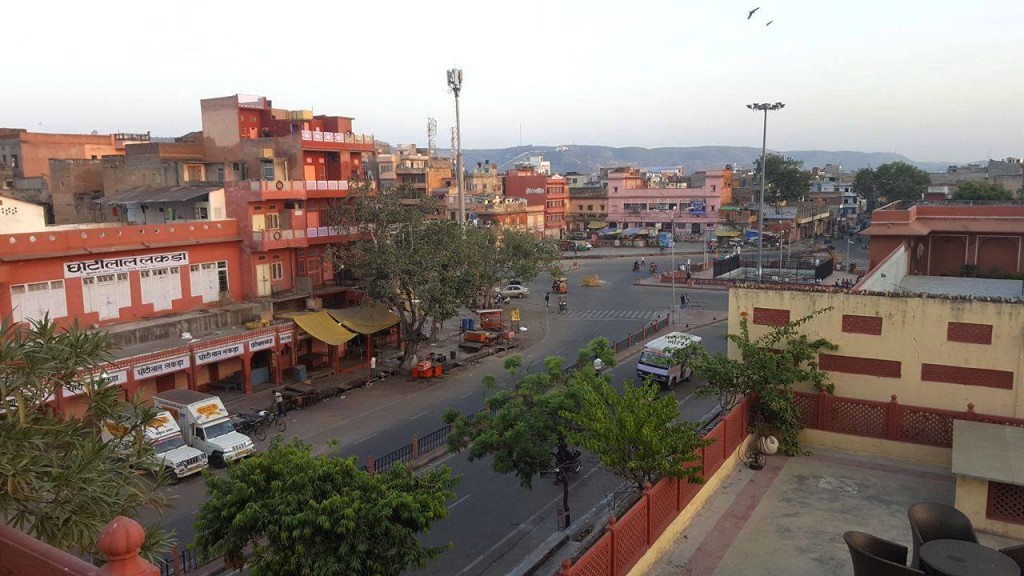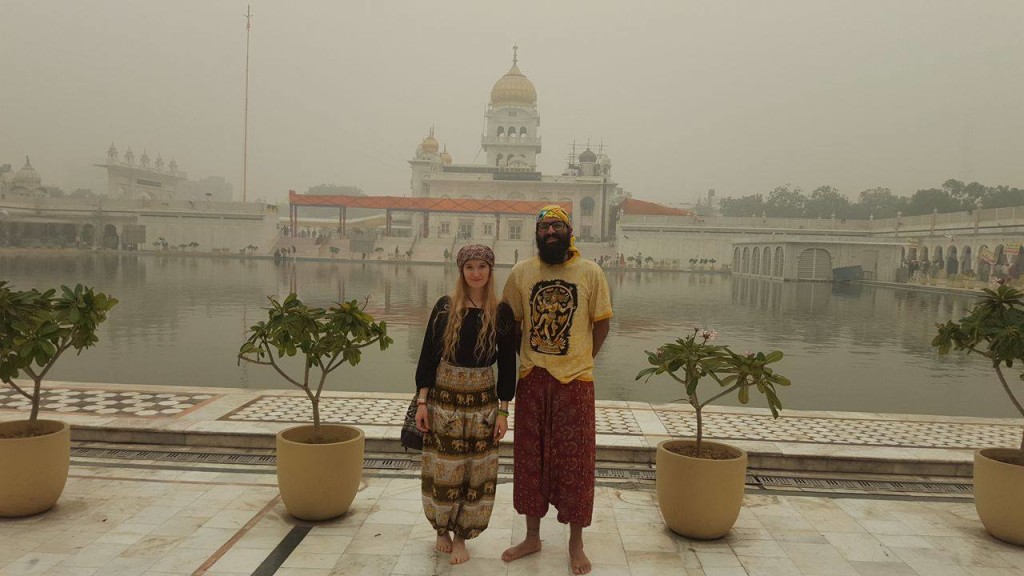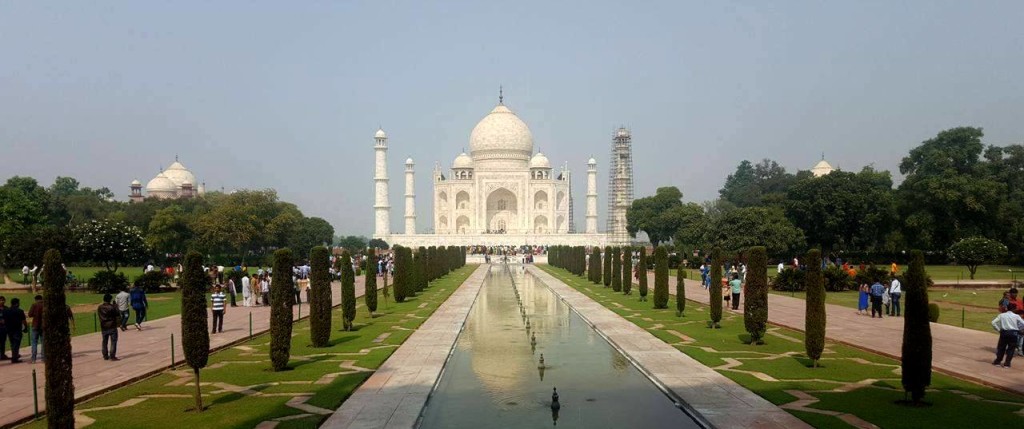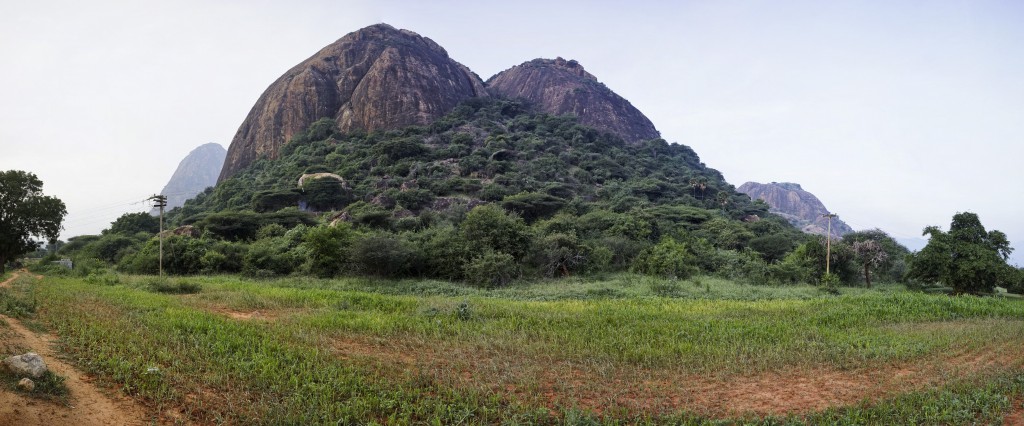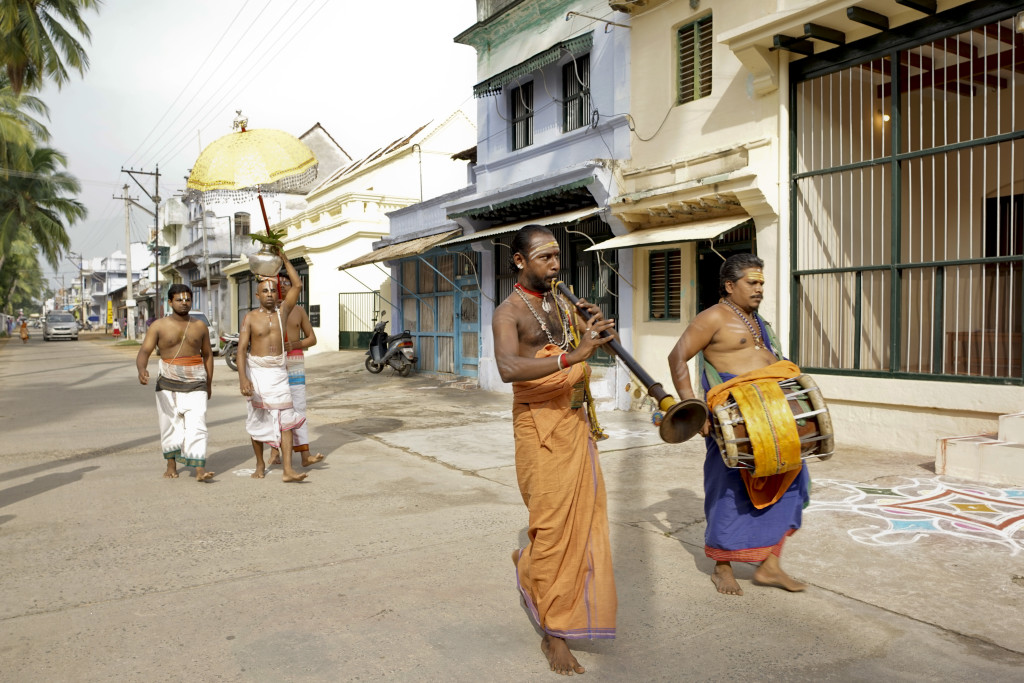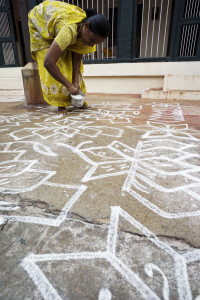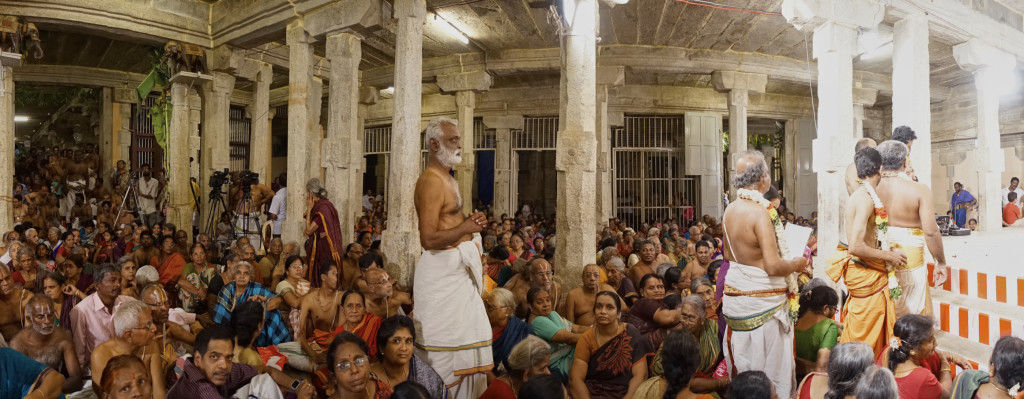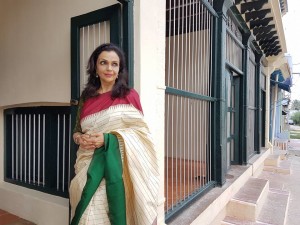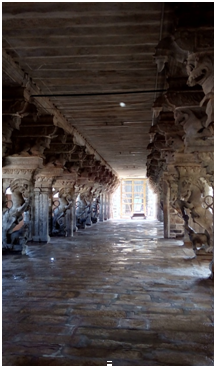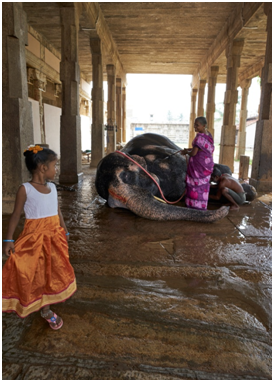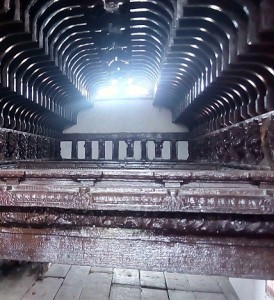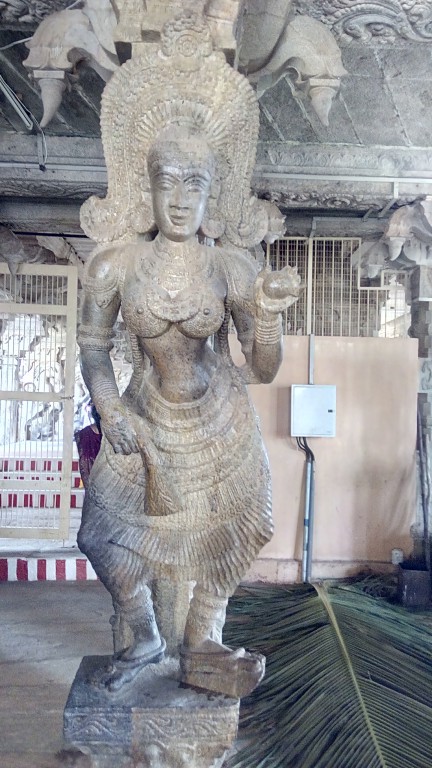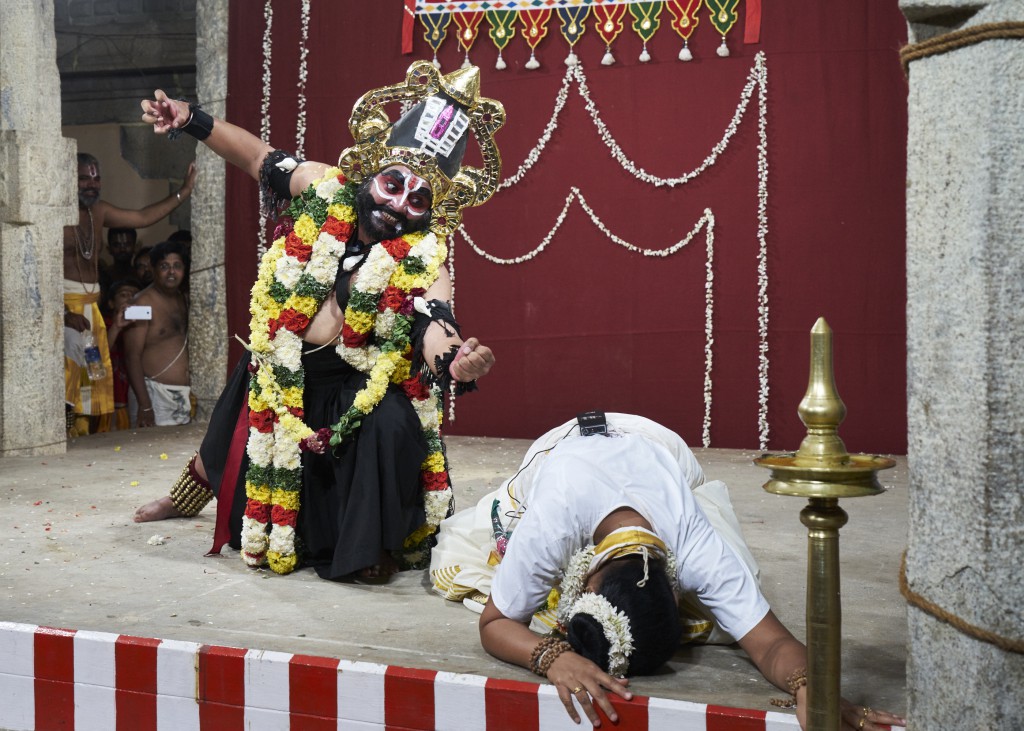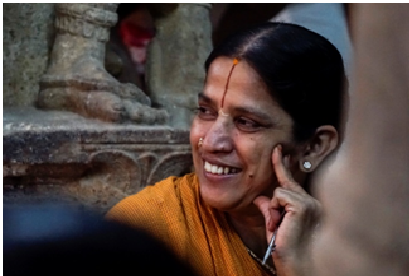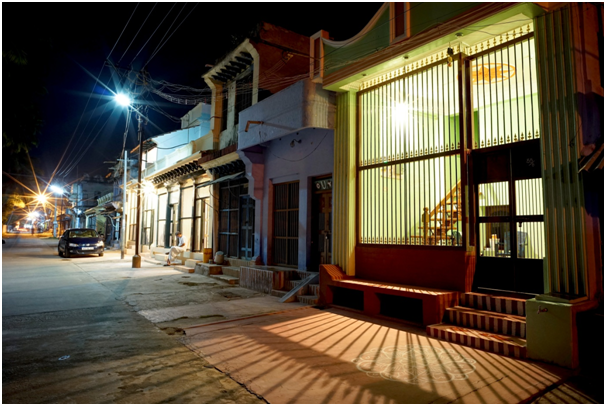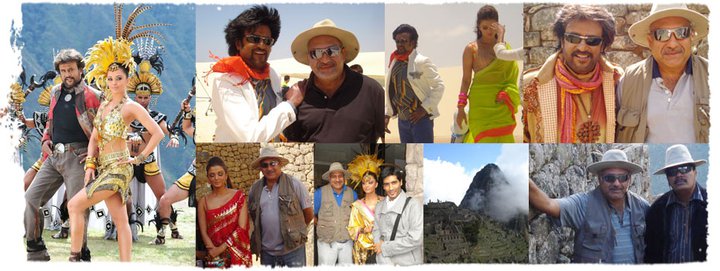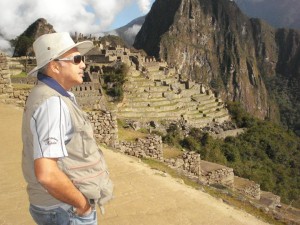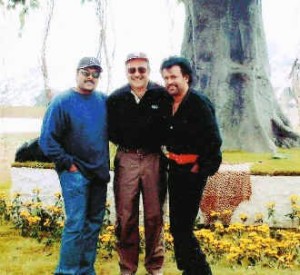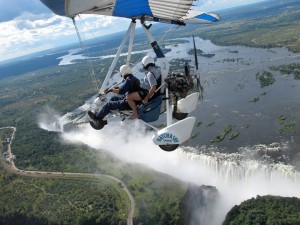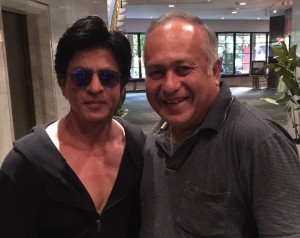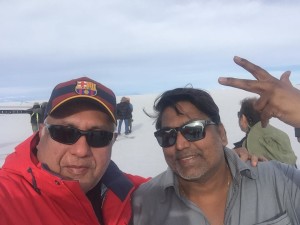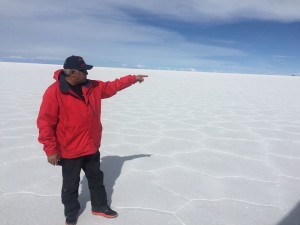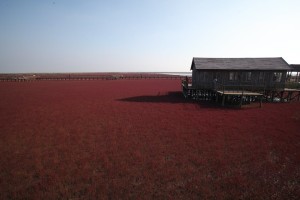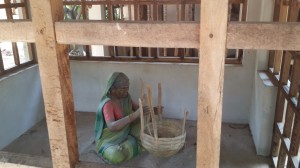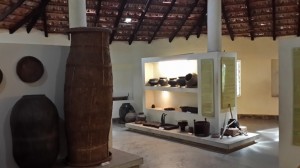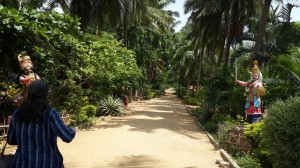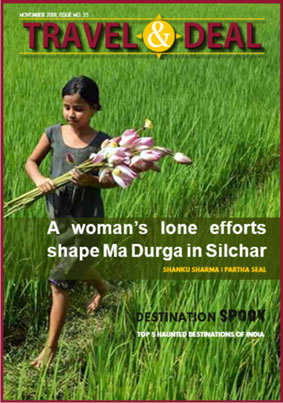-Hema Iyer Ramani
From scorching Tirunelveli, we reached Nagerkoil , where we were picked by Isaac , a tall and lanky person , extremely affable and that set the tone of the warmth that we would experience once we reached there. Our hosts, the very warm and generous Sudha and Sriram saw to it that our stay would be a very memorable one . The landscape suddenly changes when you reach Kuzhittura , which is midway between Nagerkoil and Tiruvanandapuram. The sun was shining right overhead when we neared our destination. The sign outside a gate post read Vaikundam Legacy and the gateman allowed our car to pass. We drove through tall trees and nestled amidst the rubber plantation was a sprawling old bungalow that carried with it the old world charm , yet not archaic.
There was a charming portico where the car stopped and a lovely verandah with basket cane chairs where one could sit sipping a steaming cup of coffee while reading the newspaper and breathing fresh air. Dolphin received us at the reception and he was friendly . The sound of water as we were led to our room had my attention. A long passage with a bridge across a longish pool where fish swam contently lapping their fins and bobbing their heads up completed the scene. I loved the room where we were taken, Cinnamon. Cinnamon as a spice is delicate and sweet , without being overpowering, and that is how I would like to describe the room. It was not too ornate and stand-offish , but it lent warmth and a certain intimacy that only the comfort of a home can normally offer.There were only a few other rooms- Pepper, Clove, Ginger, Cumin, Cardamom. It certainly spiced me up immediately.
I wondered about the fewer rooms that the place had to offer. And the place had an interesting history. Rubber plantation had been introduced by the British and this grand bungalow had once been an Estate Bungalow and I understood the reason now as to why it stayed nestled among the rubber plantation. The bungalow had been built in 1929 by the Europeans on the estate . The estate changed hands a few times , and finally in 1957, a decade after we had won our independence, Seshadrinatha Sarma took over the reins of the estate. The estate and the bungalow has ever since been run by the family.He had initially made it his home and that is probably one of the reasons why, it continues with the core of its being as its mantra- warmth that a home can provide.
Three generations of the present owners had seen to the upkeep of the grand dame along with the plantation. You can see the British and Indian touches that blend so well, just like some of us grew comfortable with the English language even many years after the British had left the country.
A black and white portrait of Seshadrinatha Sarma stands quietly in the corridor, as if he was overlooking the activities of his bungalow. Tired as we were after the drive, we headed for a shower. The Jacuzzi tempted me but, I did not want to spend all my time there. There was so much to be savoured outside! We walked into the restaurant, again greeted by cheery faces and they whipped up the most delicious meal. I can vouch that only my mother can make curd rice as tasty as that! The rotis and curries were all made without the masalas overpowering the vegetables and I savoured each of the vegetables. There was enough light pouring in without harsh rays entering any portion of the bungalow.
A good walk is a must after a meal . My husband would disagree; it was always a good siesta after a meal. So, as he headed to the room, the rest of us decided to explore the beautiful rubber estate. Who would ever imagine that when the sun was shining right overhead, we could go for our afternoon walk?The trees on either side were really tall and together from either side, it seemed as if they clasped their fingers together to form a canopy- much like the tunnel of love in a grand march. They do not have any branches on the lower trunk , but they have leafy branches at the top. The path had dried leaves from the rubber trees and that formed a lovely soft carpet .
We saw the incision marks on the bark of the trees, and half coconut shells fixed to collect the latex , a method known as tapping. The birds and the rustle of the leaves were the only sounds and the mid afternoon was beautiful. We even lay on the hammocks because this was one place where one did not have to worry about getting sun-burnt.
When I saw the bicycles, I was tempted to give a try to my lessons of my childhood days. I would have been embarrassed in any other place, but here I literally let my hair down. With ample help from my son and the promise that he wouldn’t allow me to fall, I dared to dream and I dared to ride. It was the most exhilarating experience.
But Vaikumdam Legacy had more in store. Gerald, the sweet and courteous driver took us in the jeep along muddy , uneven paths, and what we saw was a sight to behold. We saw the silhouette of the hills and a beautiful lake . It was a magnificent sight. I do not remember how long we sat, but we went down, we carried the picturesque memory with us. We saw the adjoining streams and waterfalls in the area, each a sight to behold. The waterfalls was a grand sight. The men had their bath under the falls, but I was content to just watch the falls and enjoy the moment.
Soon , it was time to leave. But , I promised myself that the next time round, I would like to just sit with my book and cook up a story from this place that had spiced up my life with its warmth and generosity. To me , Vaikundam Legacy was a beautiful memory because it had the perfect balance of the spices- Cinnamon, cardamom, clove, pepper, ginger and cumin.

